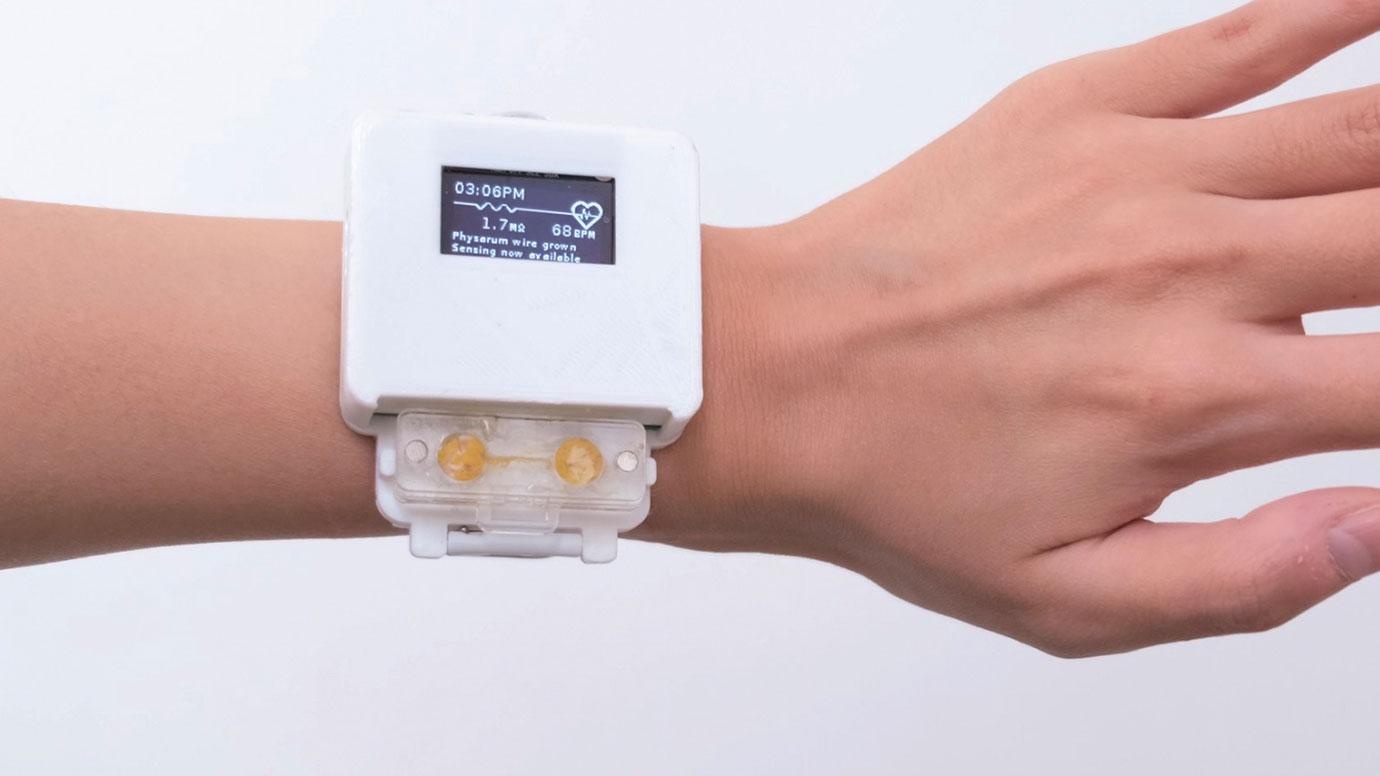Scientists have created a smart watch with a living organism that needs to be fed - the functionality of the gadget depends on the health of the creature

University of Chicago graduate student Jasmine Lu and her supervisor Pedro Lopes have developed a very interesting gadget. It resembles a smartwatch, and the trick is to have a living organism inside. And it is there not just for the sake of beauty.
Here's What We Know
The scientists used a living creature called Physarum Polycephalum. In simple terms, it is a slime mold. This species is even on display at the Vincennes Zoo in Paris. There it is called Blob.
But now back to our scientists in Chicago. They put a slime mold in a watch case. The functionality of the gadget depends on how well the slime mold feels. So you should not forget to feed it if you want, for example, to measure your pulse. If you leave the slimefish to starve, it won't die, but it will go into hibernation. And for a long time. Probably for several years. By the way, the slime mold is also called Blob.
A peculiarity of the organism is that it can conduct electricity. It is this trick that is used to operate the sensor that measures the heart rate. If you feed the Blob, it will grow in size and short-circuit the electrical circuit, after which the heartbeat sensor will work. The food used is oats and water.
Next, the scientists conducted an experiment to determine how people's attitudes towards the gadget change if there is a living organism inside. According to the participants of the experiment (there were five of them), they began to feel attachment to the device and honored that they could not just leave the watch lying in the closet or throw it away. The researchers asked them not to feed the Blob for an entire week. This caused the heart rate measurement function to malfunction as the Blob shrank in size.
Jasmine Lu demonstrated the clock and presented a scientific paper at the 2022 ACM Symposium, which focused on software and user interface technology. The researchers hope that their work will spur the creation of creative devices that unleash the full potential of living inside organisms when they are at full health. In addition, scientists believe that people will start using gadgets longer, which will reduce the volume of electronic waste, which reached 40 million tons a year.
Source: UChicago